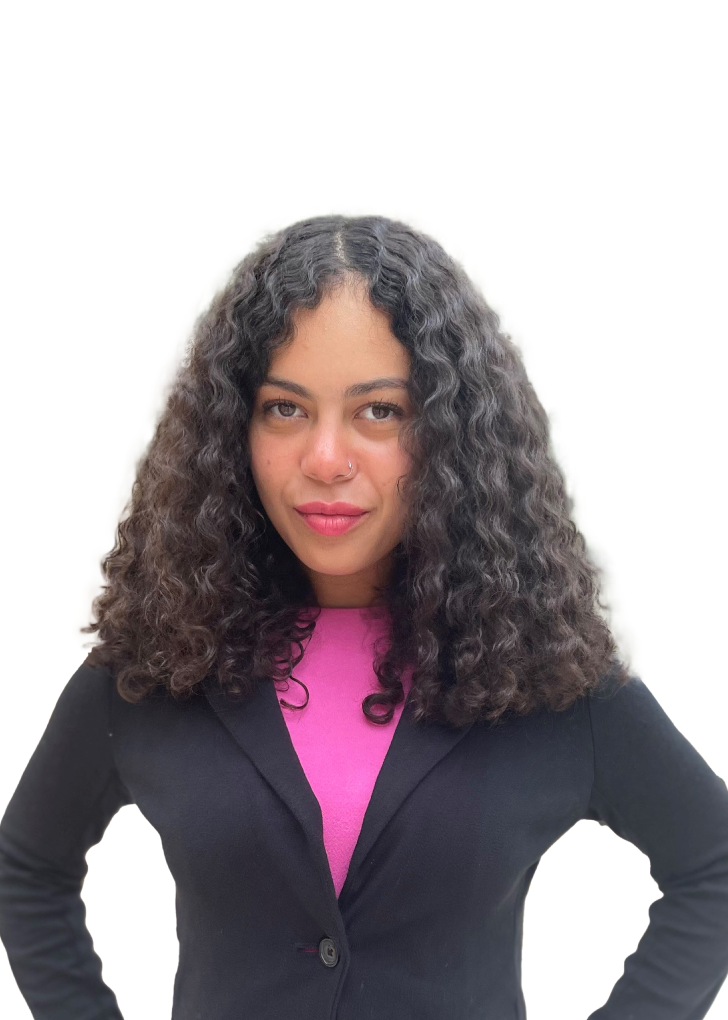![Lauren Breto, caseworker, fits a shirt on a child during a visit to the Raising Hope clothing and supplies pantry at The Family Place in Tampa on Wednesday. The pantry provides emergency and comfort items for kids entering the foster care system. [CHARLIE KAIJO | Times]](http://www.tampabay.com/resources/images/dti/rendered/2017/08/504193627_19783019_8col.jpg) If Florida’s overburdened child welfare system has an epicenter, it’s Hillsborough County.
If Florida’s overburdened child welfare system has an epicenter, it’s Hillsborough County.
An average of 3,600 children were in foster care in the county during 2016, the most in Florida. Hillsborough also has among the highest number of child abuse investigations and removal rates.
Yet the county’s lead child welfare agency is short-changed almost $6 million in state funds this year while roughly $44 million goes to other agencies across Florida to look after foster children they do not have, state records show.
The inequity is the result of a funding formula that child welfare insiders admit is a little screwy.
Lead care agencies in 20 judicial circuits across Florida get money based on the number of foster children and child abuse investigations, among other factors. But a “hold harmless” rule introduced in 2015 means the state cannot reduce an agency below its 2015 funding level even when it is serving fewer foster kids.
The rule was meant as a stopgap measure but stayed in place. As the foster child population has shifted, it has created glaring disparities and led to fears that there is less help for children and parents in some parts of Florida than in others.
The biggest winner is Our Kids, the lead care agency for Miami-Dade and Monroe counties. This year, it will receive $73 million in funding, almost $20 million more than it would without the hold-harmless rule.
Hillsborough’s $6 million “shortfall” makes it the biggest loser. Pinellas and Pasco counties, which make up the Sixth Judicial Circuit, will also miss out on an extra $700,000 this year.
Circuits like Hillsborough, which has seen an influx of foster care cases since 2015, have a tougher time being able to hire enough case managers to keep caseloads manageable. That matters since they and their supervisors make critical decisions about whether a child is safe in a home.
Districts that lose out under the formula also have fewer dollars to pay for therapy and other help for foster children or to go toward counseling to help parents get past drug abuse and other issues so they can be reunited with their children.
“It’s frustrating,” said Lorita Shirley, chief of community based care for Eckerd Kids, the lead agency in Hillsborough. “No one would argue that any child involved in child welfare should have equal access to services no matter where you live.”
The funding inequity has become starker over the past couple of years as the opioid crisis has disproportionately affected circuits along the Gulf Coast.
In the 12th Judicial Circuit, which covers Sarasota, Manatee and parts of DeSoto counties, almost 400 children were removed from their homes in 2013. That number more than doubled to 880 by 2015, coinciding with a period during which Manatee County led the state in opioid deaths per capita.
Some of those children coming into state care were traumatized by seeing a parent overdose, said Brena Slater, vice president of community based care for the Sarasota YMCA’s Safe Coalition.
The hold-harmless rule meant her agency missed out on an extra $2.7 million this year.
“That trauma is momentous. Our resources have been strained and we have made it a priority to advocate for additional funding,” Slater said. “We want to make sure we not only have adequate resources to allow us to provide all the services to children in our care but that we also have additional funding for when there are spikes of kids coming into care, like as a result of the opioid crisis.”
Before child welfare was privatized, the Florida Department of Children and Families was able to reallocate dollars between different circuits as needs changed. But the shift to DCF contracting with non-profits like Eckerd Kids to serve as community-based care agencies made it more difficult to move resources around.
Indeed it was the child welfare agencies that three years ago lobbied for the hold-harmless rule, said State Rep. Jason Brodeur, R-Sanford, who serves on the Appropriations Committee.
“They indicated it would be difficult for them to operate if their funding levels were revamped every year,” he said. “The thought was that it would provide some certainty to their business model.”
Overall, funding for child welfare has been criticized by groups like TaxWatch as being inadequate. The funding anomaly means what money is provided is not distributed according to need.
To address the shortfalls, DCF awards 80 percent of additional funding approved since 2015 only to circuits that lose out under the formula.
Still, that “new funding” totals only about $19 million or about 3 percent of the overall $645 million state pot for agencies.
“The allocation of child welfare funds to the [community-based care agencies] is specifically laid out in state law and DCF follows those formulas as directed,” said department Secretary Mike Carroll in an email to the Tampa Bay Times.
The Florida Coalition, a statewide association that represents the agencies, is in discussions with DCF about how to fix the problem, said Kurt Kelly, a former state lawmaker who is the coalition’s chief executive officer.
But that may not be easy. Agreement on what is a fair funding formula has proven difficult and agencies that gain under the current system may oppose any change.
“We are looking for consistency and we are having a great conversation with [DCF] right now,” Kelly said. “We need flexibility to be able to move the funds where they’re needed.”
The complex nature of child welfare adds to the problem facing lawmakers. The number of children in care reflects not only the level of need but how quickly agencies reunite children with parents or move ahead with adoptions. Also, some agencies spend more on social services to prevent children from being removed in the first place. Under the current formula they would not get extra funding.
“It does feel like the formula doesn’t incentivize the best work,” said Christina Spudeas, executive director of Florida’s Children First, a statewide advocacy organization focused on children’s rights.
State Sen. Kellie Stargel, R-Lakeland, who serves on the Florida Senate’s Children, Families and Elder Affairs Committee, said funding for Hillsborough is slowly catching up through the new funding.
But it may be time for lawmakers to take a look at the formula.
“If we’re not doing it fair, we’ll fix it to make it more fair,” she said. “I want to make sure we have the proper funding spread across the state.”
Contact Christopher O’Donnell at codonnell@tampabay.com or (813) 226-3446. Follow @codonnell_Times.

